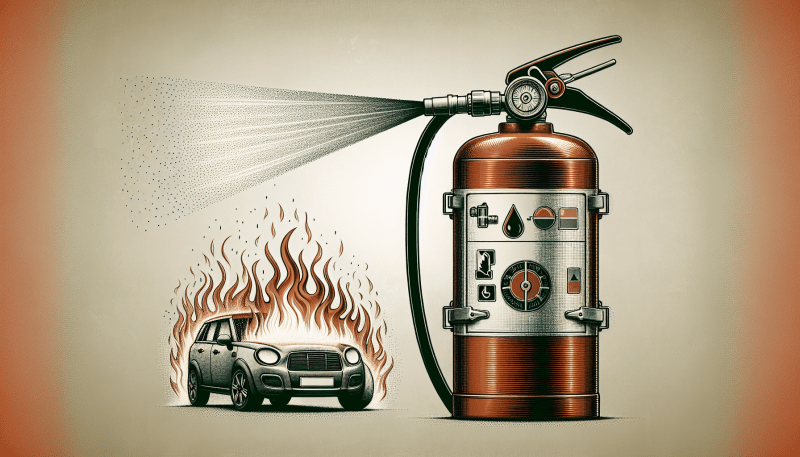When winter rolls around, the weather can change overnight. Snow, ice, and chilly temperatures can turn a simple drive into a real challenge. This is where winter tires come into play. Designed specifically for the frigid conditions, they provide better grip and control on slippery roads, giving you peace of mind during your winter drives.
winter tires have a unique tread pattern that helps channel snow and slush away, improving traction. Unlike regular tires, they’re made from a special rubber compound that stays flexible even in freezing temperatures. This means they maintain a strong grip when you need it most, whether you're navigating icy streets or snow-covered hills.
Another great benefit of using winter tires is shorter stopping distances. In cold weather, regular tires can struggle to stop effectively, but winter tires are built to help you stop quicker. This could be the difference between a safe stop and a collision on an icy road.
It's not just about safety; winter tires can also save you money in the long run. They reduce wear and tear on your regular tires, which means you can extend their lifespan by using winter tires when the temperatures drop. This makes investing in a good set of winter tires a smart choice for anyone who wants to keep their vehicle in top shape during the colder months.
How Winter Tires Enhance Safety on Roads
When winter rolls in, roads can quickly turn into tricky paths filled with snow and ice. That's where winter tires come into play. These specialized tires are designed to grip the road better than regular tires when temperatures drop and conditions worsen.
One of the key features of winter tires is their unique rubber composition. Unlike all-season tires, which can harden in cold weather, winter tires stay flexible. This flexibility allows them to better conform to the surface of the road, enhancing traction. So, when you’re driving on slippery streets, winter tires make it easier to maintain control.
Another important aspect is their tread design. Winter tires have deeper grooves and unique patterns that help channel away slush and water. This prevents hydroplaning and improves grip, giving you confidence when navigating through those wintry conditions. Just imagine the peace of mind you’ll have knowing your vehicle is equipped for whatever winter throws your way.
Finally, consider stopping distances. With winter tires, you can stop up to 30% shorter on icy surfaces compared to all-season tires. That could mean the difference between a close call and a safe stop! So, if you want to keep yourself and your passengers safe this season, investing in winter tires is a choice you won’t regret.
Key Features That Make Winter Tires Unique
When the temperature drops and the roads get icy, Winter Tires truly shine. They are specifically designed to tackle the cold and provide grip when conditions get slippery. Let’s dive into what makes them stand out:
By investing in Winter Tires, you’re not just preparing for the chill – you’re also making a smart move for your safety and peace of mind on the road this winter!
When to Switch to Winter Tires
As the temperatures start to dip and the first snowflakes begin to fall, you might be wondering when it's time to switch to winter tires. A good rule of thumb is to make the switch when the daytime temperatures consistently drop below 45°F (7°C). Winter tires are specifically designed to grip the road better in cold, wet, and snowy conditions, helping you feel safer and more confident behind the wheel.
If you live in an area that sees a lot of snowfall or icy conditions, you’ll definitely want to get your winter tires on early. It’s not just about the snow; winter tires perform better in all cold weather situations, including those rainy, chilly days. Remember, once the roads start to get slippery, it’s better to be prepared!
Another signal it's time to switch is when you start to notice your all-season tires losing traction. If you find yourself slipping or sliding more than usual, even on just damp roads, that’s a good indication you need winter tires. The specialized tread patterns and rubber compounds in winter tires enhance grip and handling when conditions are less than ideal.
Planning ahead is key! Many people aim to switch to winter tires by mid-November, but checking local weather forecasts can help you make the decision. Keeping an eye on the weather and acting early can save you from those stressful, last-minute tire changes during a winter storm.



